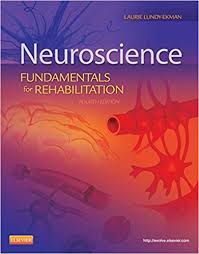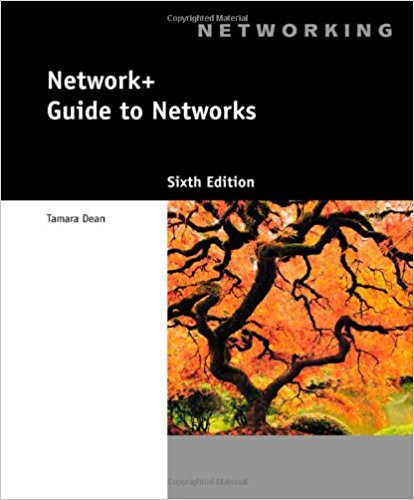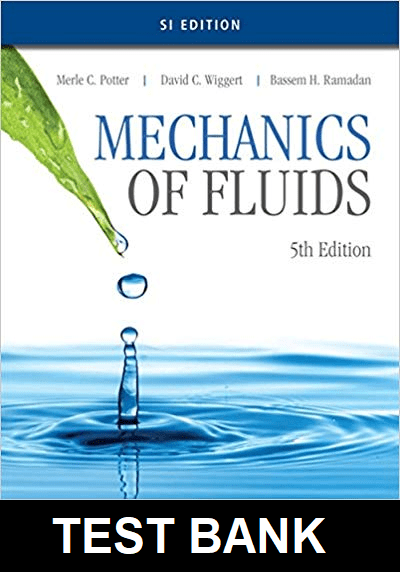Neuroscience Fundamentals Rehabilitation 4th Edition By Lundy Ekman – Test Bank
James: Nursing Care of Children: Principles and Practice, 3rd Edition
Do you need test banks fast? eTestBank.net is the best test bank website for you! Download your test bank right after you pay. No waiting!
Why eTestBank.net is Great:
✅ Instant Download:
Get your test bank right away after payment.
✅ Unlimited Downloads:
Download your test bank anytime and as many times as you want.
✅ 24/7 Live Help:
We are here to help you all day, every day.
✅ Guaranteed Delivery:
If you don’t get the download right away, we will send it to you in 3 to 6 hours.
How to Get Your Test Bank:
- Pick Your Test Bank: Choose from many test banks.
- Pay Safely: Pay securely on eTestBank.net.
- Download Instantly: Get your test bank immediately after payment.
- Download Anytime: Unlimited downloads whenever you need them.
Need Help? Contact Us:
📧 Email: [Support@etestbank.net]
📱 WhatsApp: [https://wa.me/message/MC222DLQ4GDXL1r]
Didn’t Get Your Download?
Don’t worry! If you don’t get the file right away, we’ll send it to you in 3 to 6 hours. Need it sooner? Contact us by email or WhatsApp.
💡 Buy now from eTestBank.net for instant downloads, unlimited access, and 24/7 support—get your test bank today!
Lundy-Ekman: Neuroscience: Fundamentals for Rehabilitation, 4th Edition
Chapter 4: Neuroplasticity
Test Bank
1. Neurons that are deprived of oxygen for a prolonged period:
A. Release glycine, which inhibits the postsynaptic neurons and prevents neural function even in neurons not directly affected by the oxygen deprivation.
B. Become inactive and slowly regenerate.
C. Release glutamate, which causes overexcitation of the surrounding neurons.
D. A, B, and C
E. None of the above
ANS: C
Rationale: When a person suffers a stroke or traumatic injury, neurons in the brain that are deprived of oxygen for a prolonged period die and do not regenerate. Oxygen-deprived neurons release large quantities of glutamate, an excitatory neurotransmitter, from their axon terminals.
2. Excitotoxicity begins with:
A. Excessive production of lactic acid.
B. Destruction of cellular proteins.
C. Cellular edema.
D. Persistent binding of glutamate to N-methyl-D-aspartate (NMDA)–type receptors in the postsynaptic cell membrane.
E. Interference of mitochondria functions.
ANS: D
Rationale: First, glutamate binds persistently to the NMDA-type glutamate receptor in the cell membrane. Stimulation of this receptor results in an influx of calcium ions (Ca+2) into the cell, and indirectly facilitates the release of internal Ca+2 stores. An influx of sodium ions (Na+) into the cell results in further stimulation of NMDA receptors and an additional influx of Ca+2 into the cell. Channels that are permeable to Ca+2 open because of the injury. With the increase in Ca+2 inside the cell, more potassium ions (K+) diffuse out of the cell, requiring increased glycolysis that provides energy for the Na+/K+ pump to actively transport K+ into the cell. Together, the increased glycolysis and the increased Ca+2 lead to several destructive consequences for neurons.
3. Cellular effects of excitotoxicity include:
A. Excessive production of lactic acid.
B. Destruction of cellular proteins.
C. Cellular edema.
D. Interference of mitochondria functions.
E. All of the above
ANS: E
Rationale: Excitotoxicity causes excessive production of lactic acid, destroys cellular proteins, causes cellular edema, and interferes with the function of mitochondria.
4. Which one of the following types of memory is affected by an injury to the hippocampus?
A. Memory of how to ride a bicycle
B. Memory of names and events
C. Memory of how to tie shoelaces
D. Both A and B
E. A, B, and C
ANS: B
Rationale: The hippocampus, located in the temporal lobe, is essential for processing memories that are easily verbalized. For example, the hippocampus is important in remembering names and events (declarative memory) but not in remembering how to perform motor acts (procedural memory; riding a bicycle and tying shoe laces are examples of procedural memory).
5. In the mature central nervous system (CNS), axonal regeneration is impeded by which of the following?
A. Glial scar formation
B. Absence of neural growth factor
C. Release of growth-inhibiting factors
D. Both A and B
E. A, B, and C
ANS: E
Rationale: Development of glial scars, limited expression or complete absence of nerve growth factor (NGF), and growth-inhibiting factors prevent functional axonal regeneration in the brain and spinal cord.











